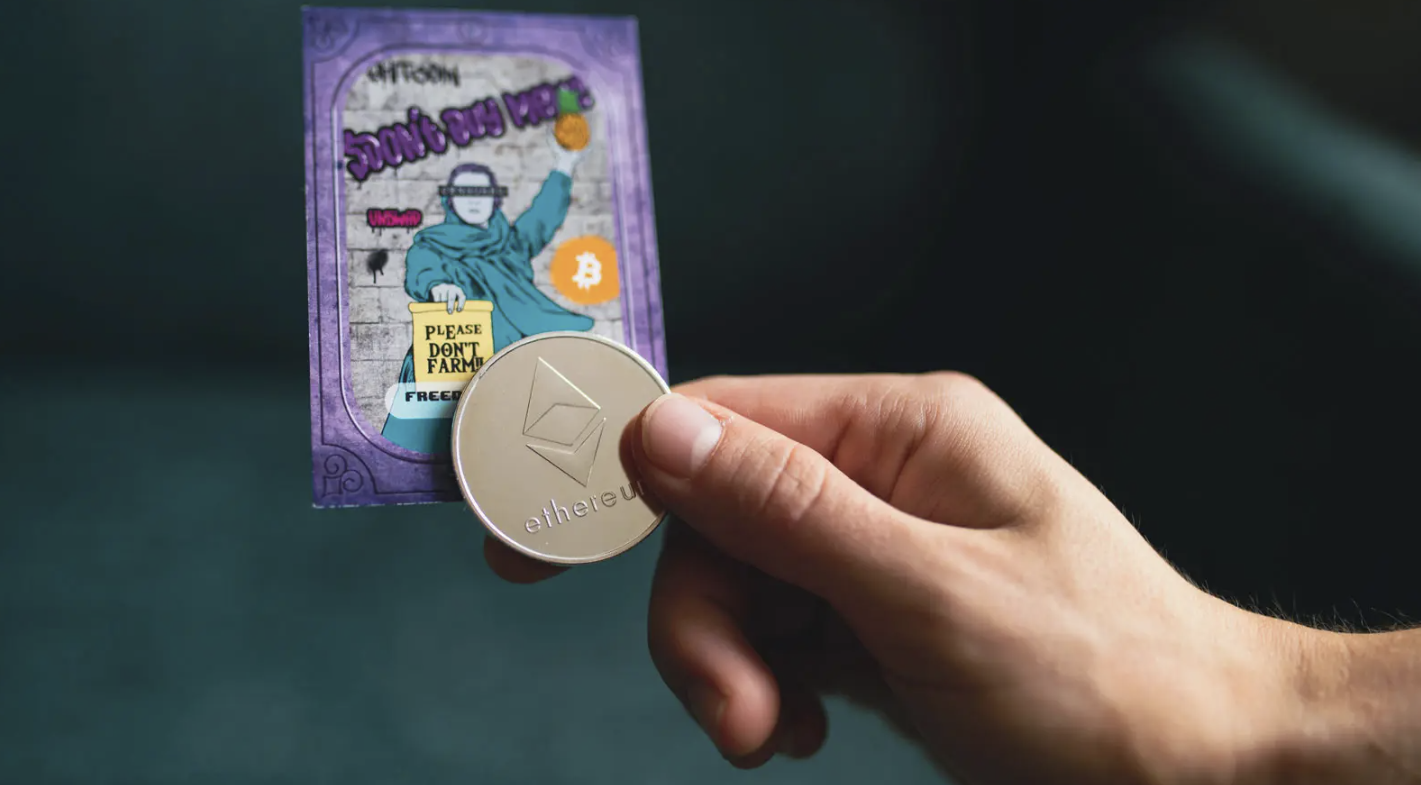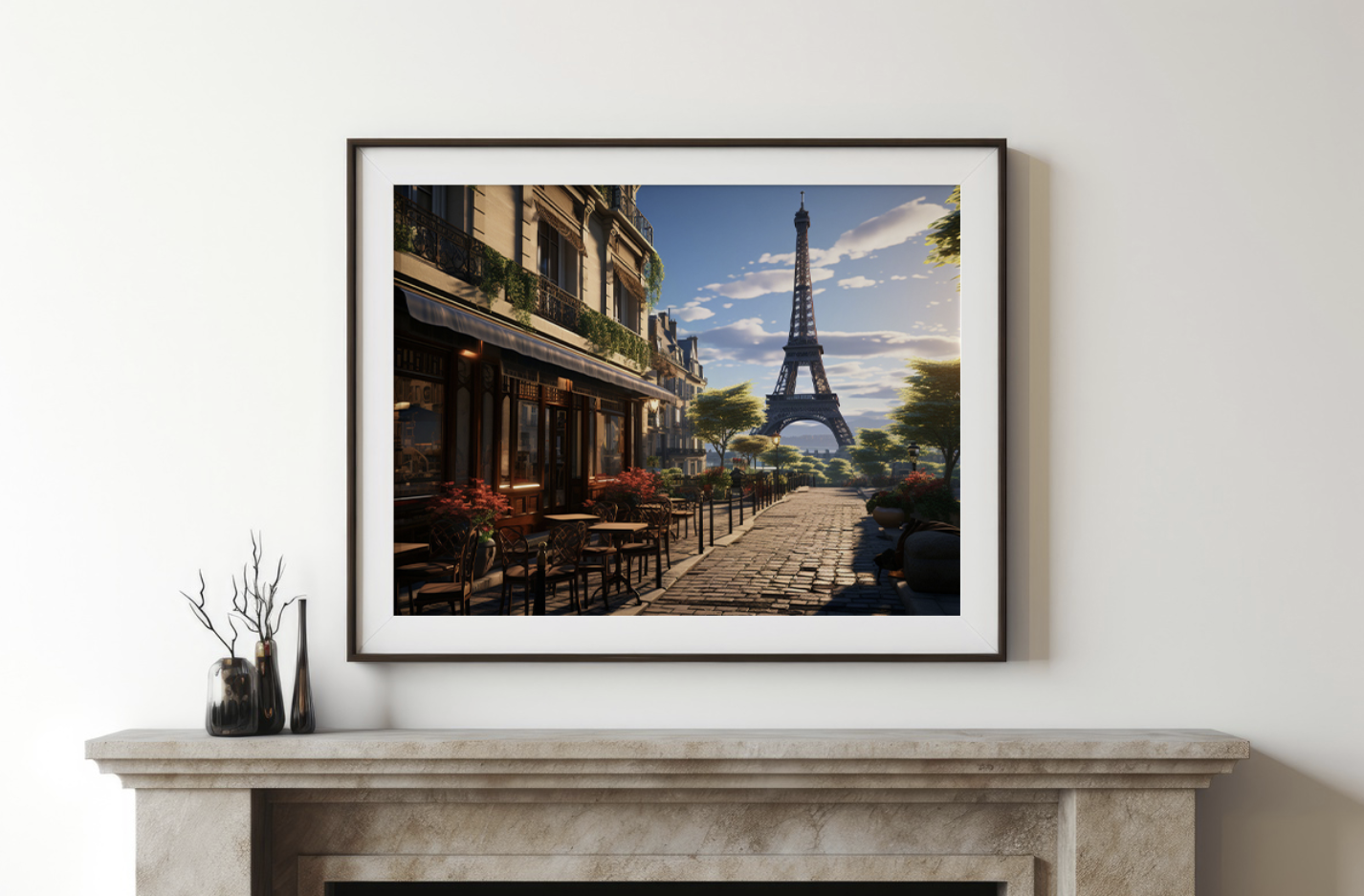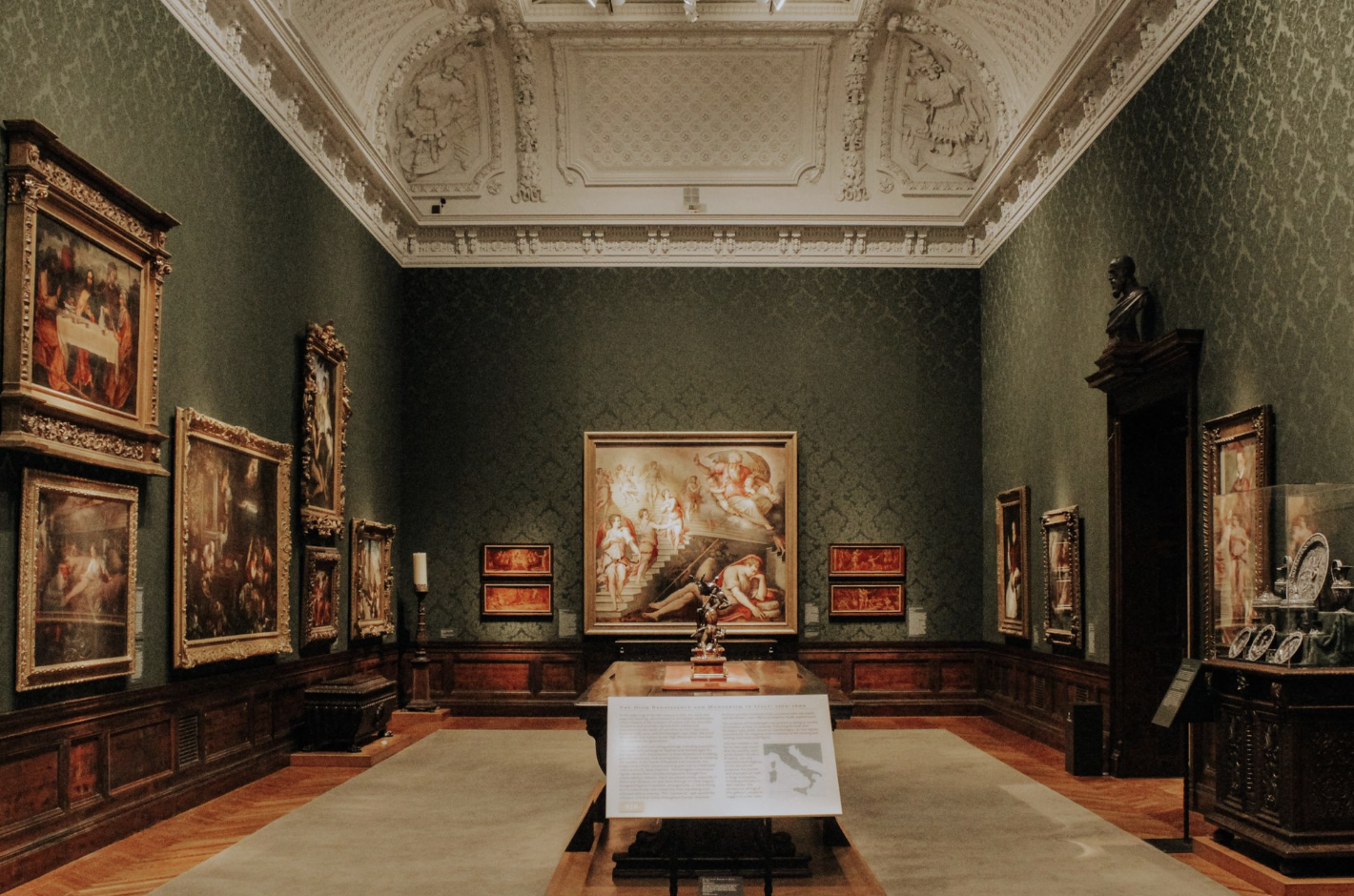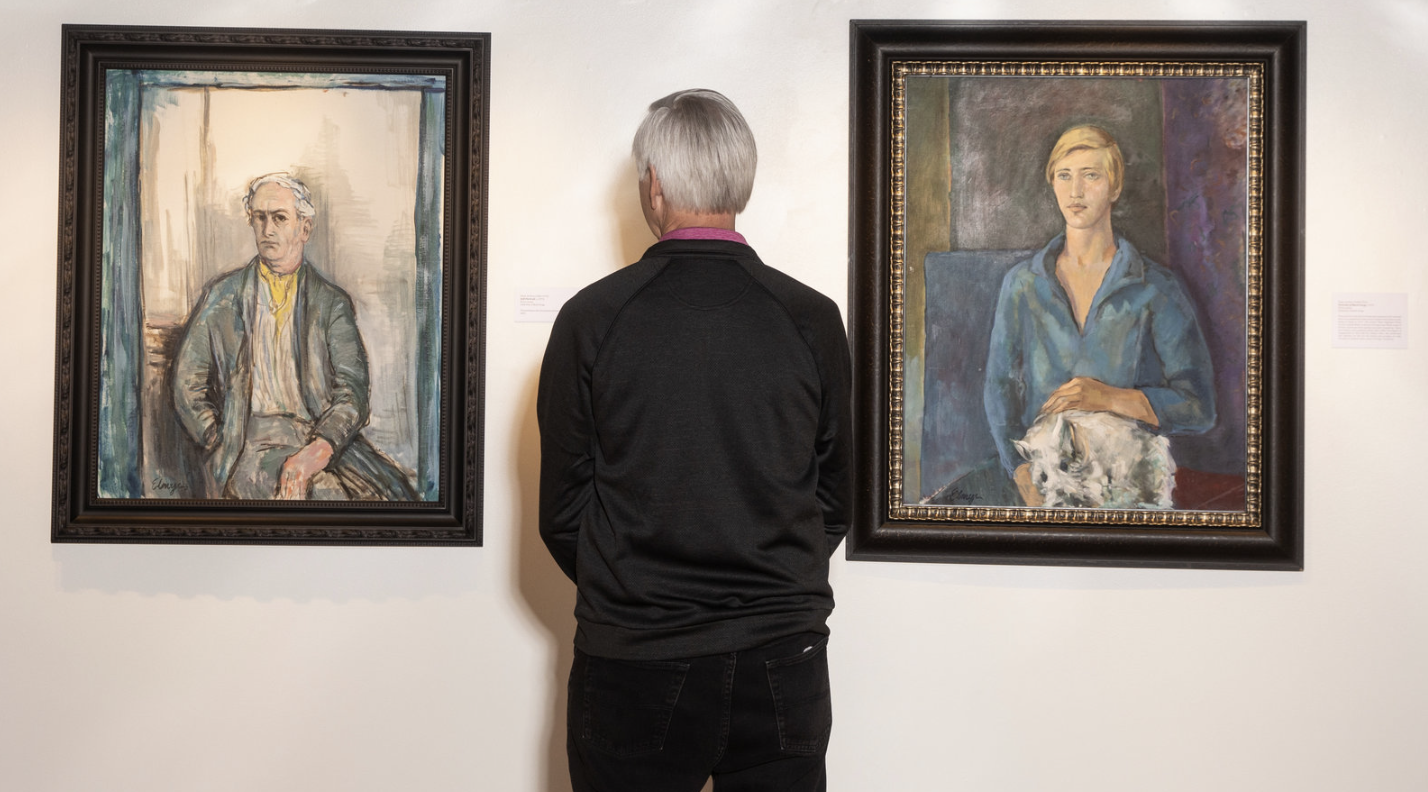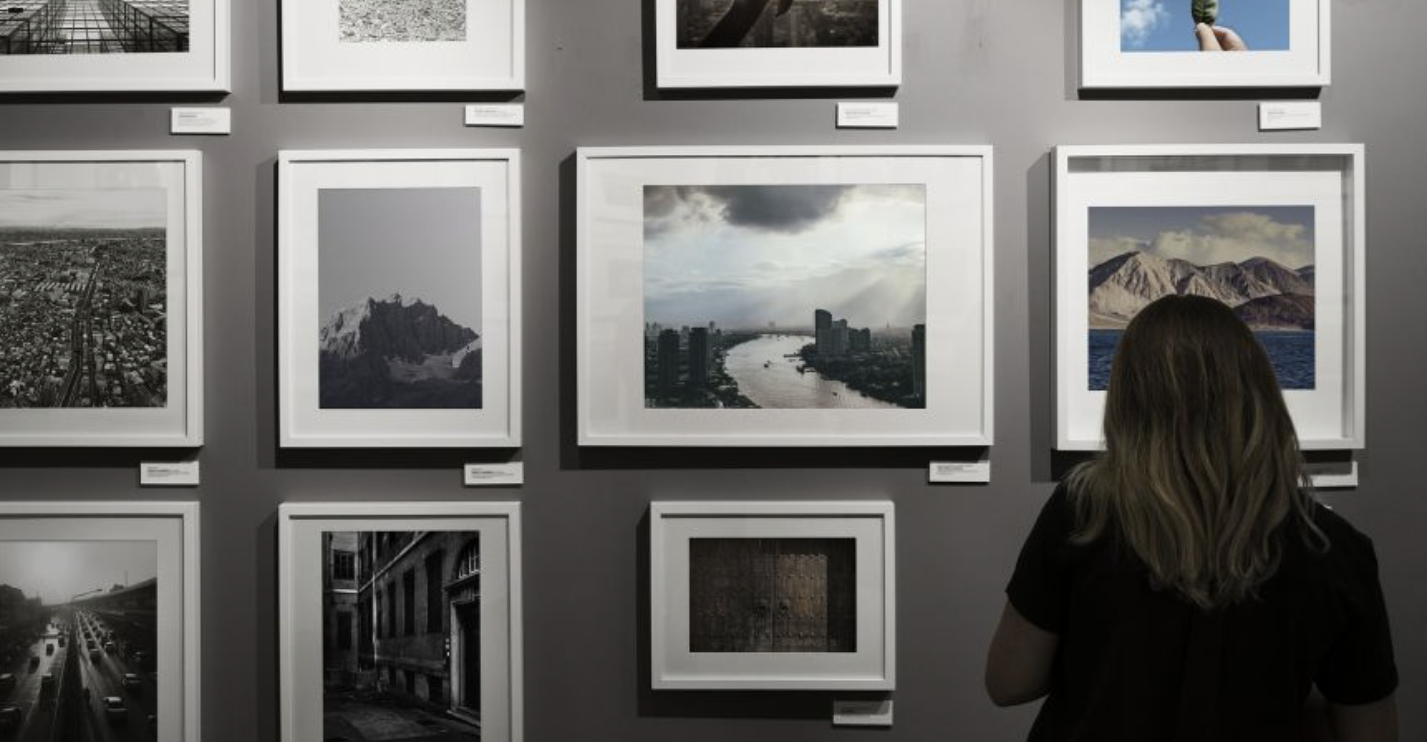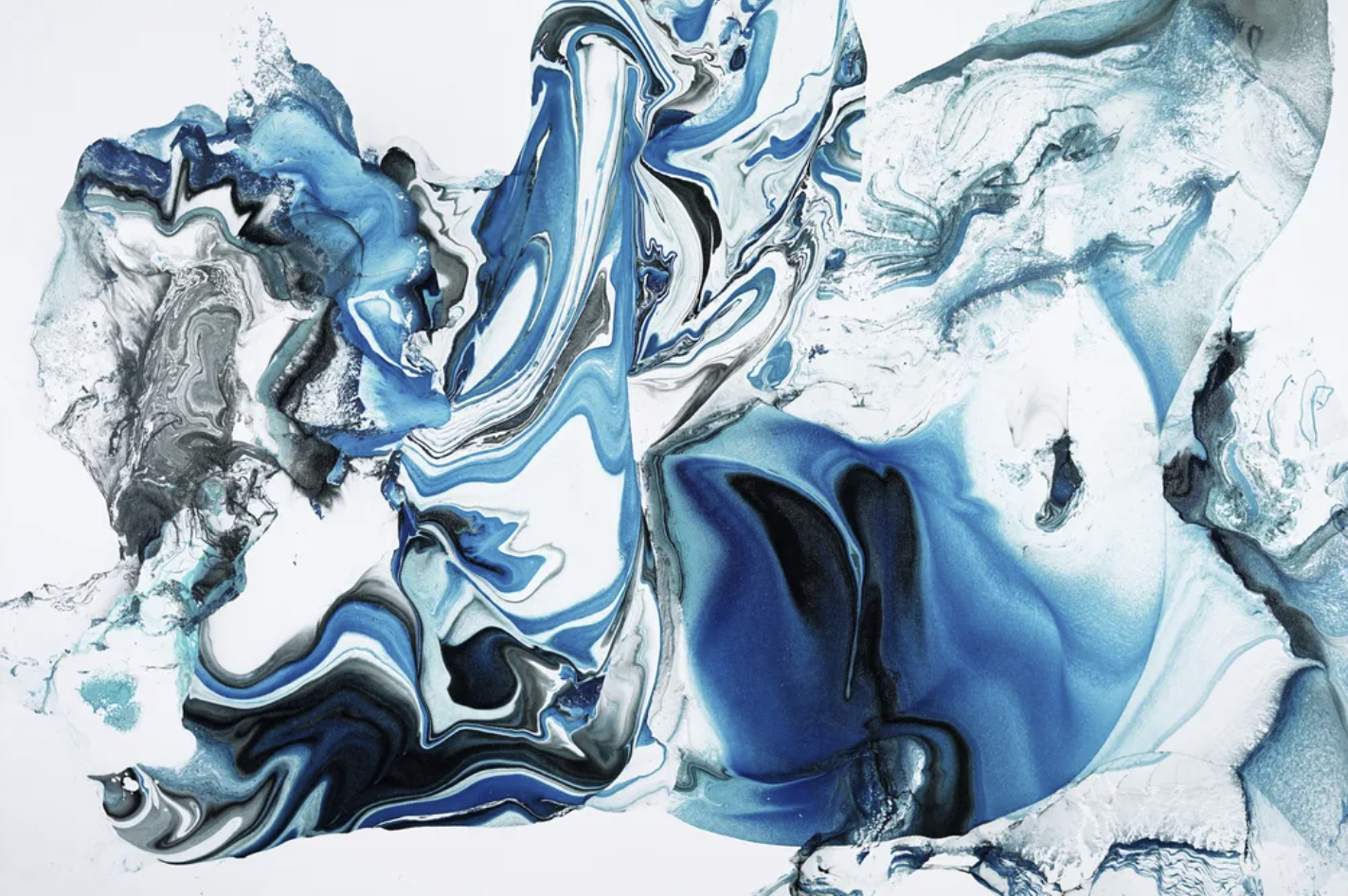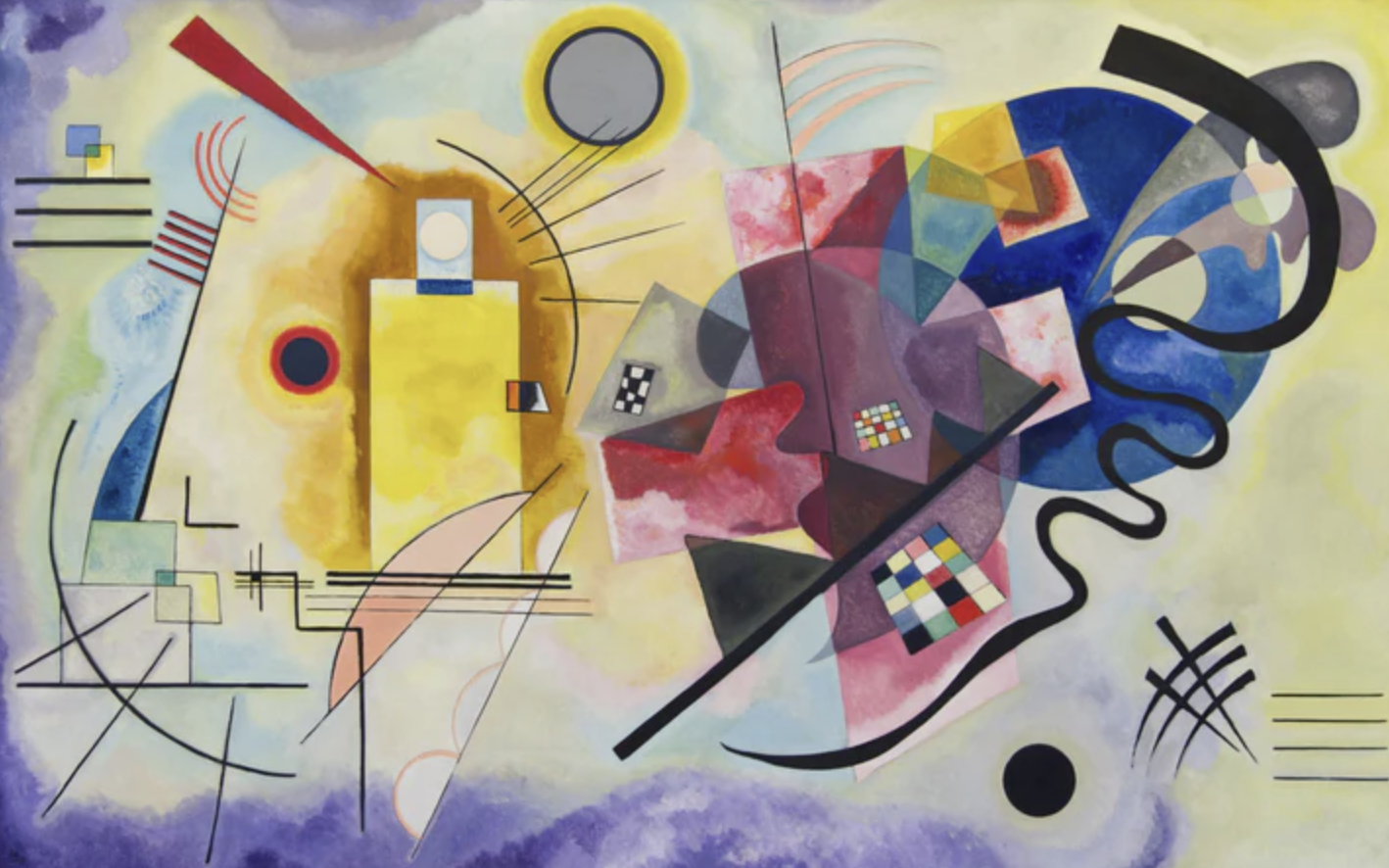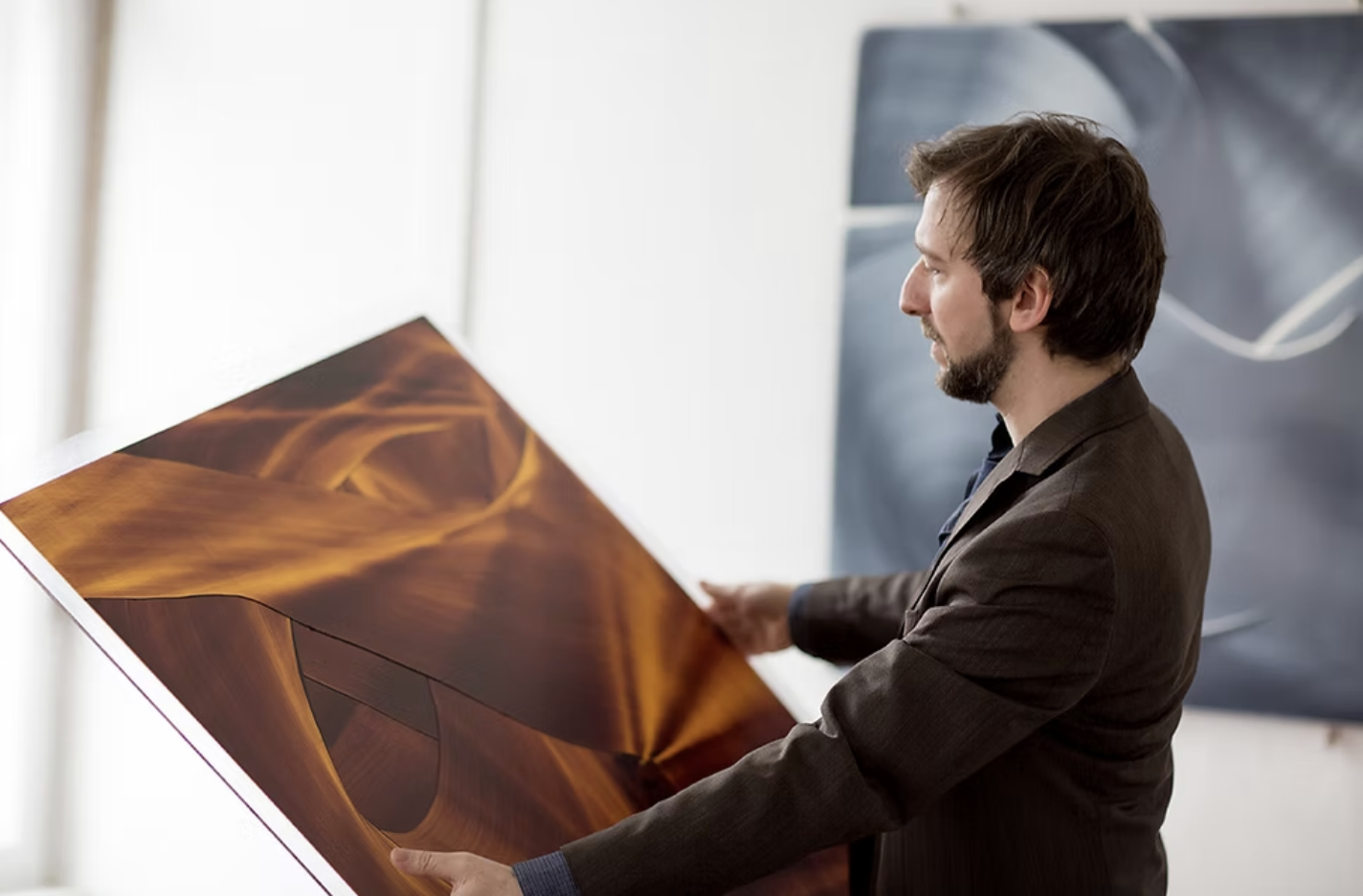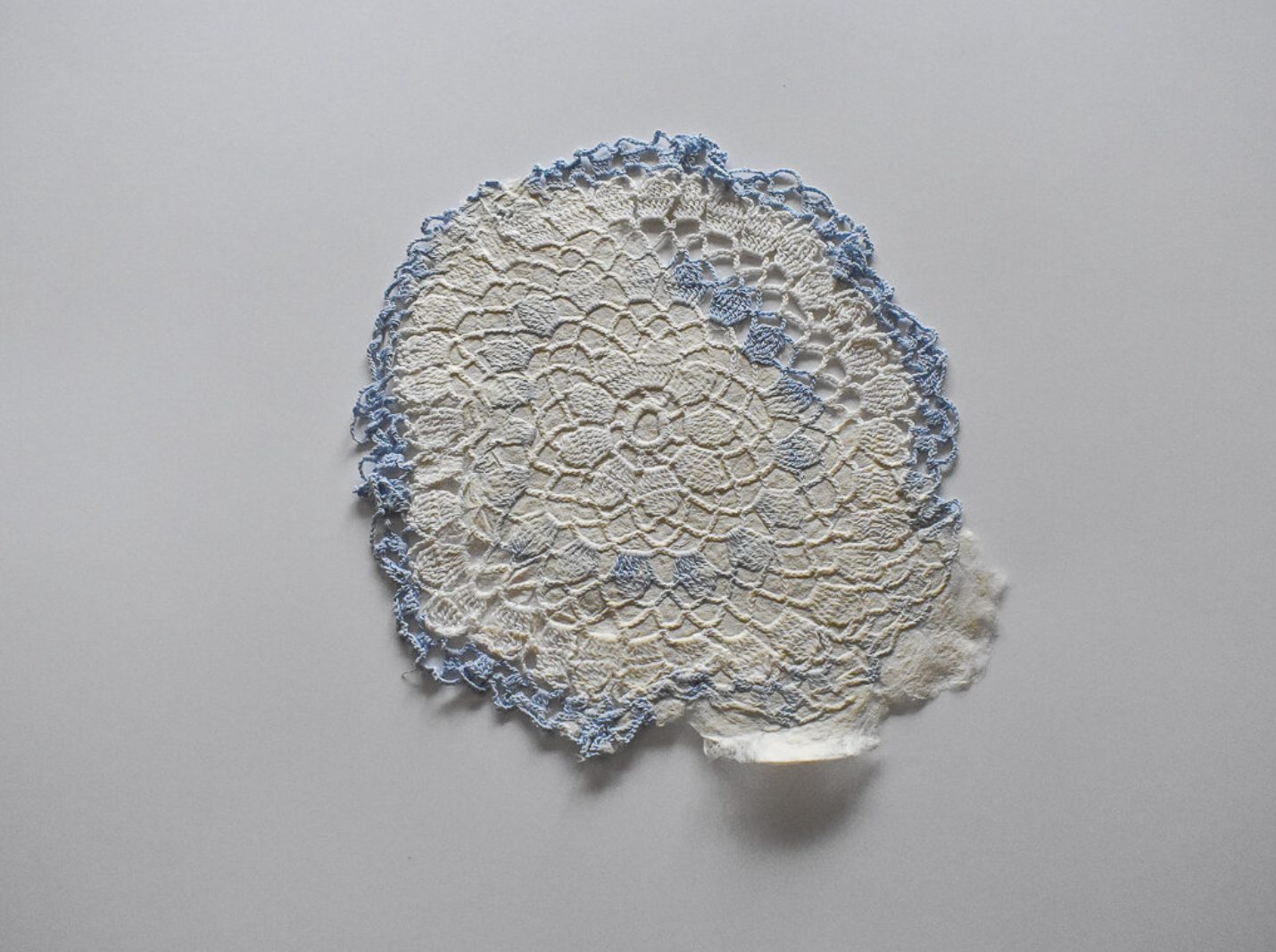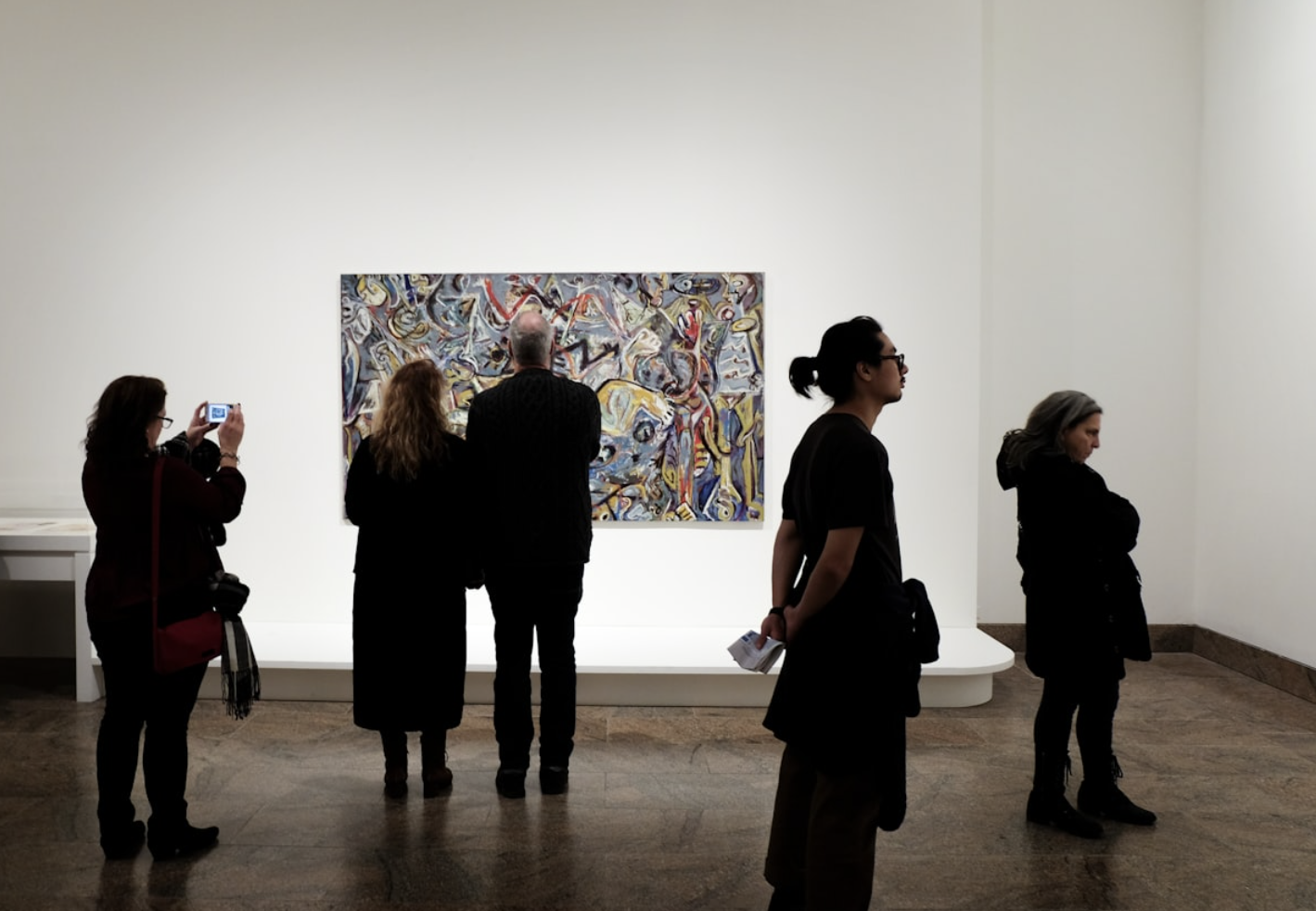
Investing in fine art can be an exciting and rewarding journey, but it requires careful thought and research. Whether you’re looking to start small or aim for larger pieces, here’s a practical guide to help you make informed decisions and build your art collection successfully.
1. Assess Your Budget and Financial Limits
Before diving into the art market, it’s essential to evaluate your financial resources. While the allure of owning a beautiful piece of art can be tempting, it’s crucial to set a clear budget. By determining the maximum amount you’re willing to invest, you can focus your search on artworks that fit your financial situation.
Start Small and Grow Your Collection
You don’t need a large fortune to invest in art. Consider starting with smaller investments, focusing on emerging artists or affordable works such as prints, photography, and limited editions. By making smaller purchases, you can gradually build a collection without breaking the bank.
2. Gain Experience and Build Connections
The key to making smart art investments is experience. Spend time visiting museums, art fairs, and exhibitions to familiarize yourself with different artistic techniques. Engage with artists and other collectors to expand your network. Reading art magazines and following current trends will help you refine your taste and knowledge, enabling you to spot artists who are likely to become influential in the future.
3. Trust Your Taste and Intuition
Art investment should be a personal and enjoyable experience. While the potential for financial gain is always a consideration, the joy of owning art that resonates with you is equally important. Don’t feel pressured to invest solely for profit. Instead, let your preferences and instincts guide your decisions. Trust yourself when evaluating art, and remember that the process should be enjoyable, not burdensome.
4. Diversify Your Investments
The art market is unpredictable, with trends and artist popularity shifting over time. To minimize risk, avoid putting all your investments into the work of a single artist. Instead, diversify your collection by purchasing art from various artists, styles, and mediums. This approach can help ensure your investments are more stable, especially when you’re just starting.
5. Understand Art Valuation
Knowing how much a piece of art is worth can be tricky, particularly for newcomers. Prices in the art market can vary widely, so it’s essential to understand what factors influence the value of a work. These include the artist’s reputation, the size of the piece, the materials used, and the technique applied. Avoid overpaying by thoroughly researching each piece before committing to a purchase.
6. Invest in Quality Prints
If owning an original piece by a renowned artist is out of reach, consider investing in high-quality prints. Limited edition prints, especially those signed and numbered by famous artists, can be an excellent way to build your collection. These prints, from artists like Matisse or Degas, offer a more affordable entry point into the world of art investment while still holding significant value.
7. Always Request a Certificate of Authenticity
When purchasing a piece of art, always ask for a certificate of authenticity. This document serves as proof that the artwork is an original and not a reproduction or counterfeit. If a seller cannot provide this certificate, be cautious and seek expert advice. The art market is full of fakes, so verifying the authenticity of a piece is crucial to making a sound investment.
8. Showcase and Enhance Your Collection
As your art collection grows, you’ll want to display your pieces in a way that enhances their beauty and impact. Consider creating a dedicated space in your home where you can showcase your collection. Thoughtfully curating the environment can elevate the aesthetic appeal of your artworks and provide a sense of pride in your investment.
9. Take Expert Advice When Needed
Investing in art can be complex, so it’s essential to seek advice from experienced professionals. Consult with art dealers, curators, or gallery experts to get feedback on the price and potential resale value of a piece. Their guidance can be invaluable in helping you make informed choices.
10. Build a Relationship with a Trusted Gallery or Professional
As you continue to invest in art, it’s beneficial to establish a long-term relationship with a trusted gallery or professional. These experts can offer ongoing advice, helping you select the right pieces and navigate the market. A reliable professional can also alert you to emerging artists or new trends that might align with your investment strategy.
By taking these steps, you’ll be on your way to becoming a confident art investor. With patience, research, and a clear vision, you can create a collection that not only brings personal satisfaction but also holds value over time.



